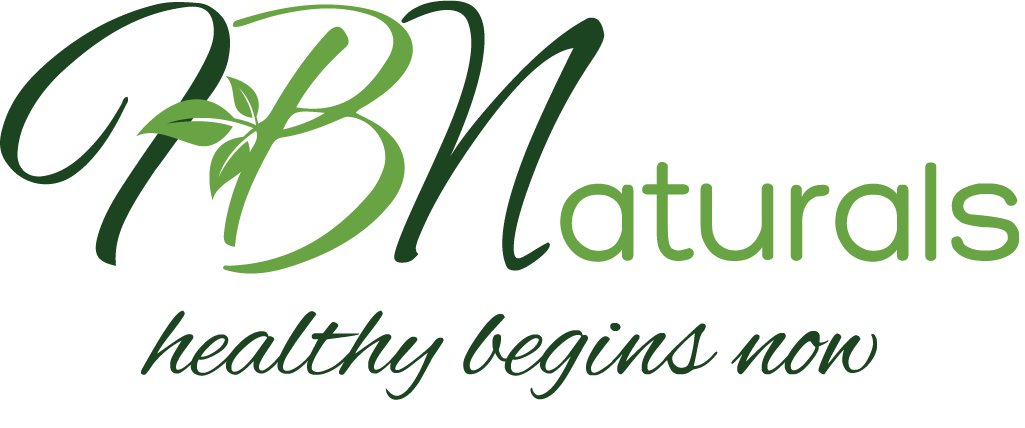education
The Endocannabinoid System
Every human possesses this advanced physiological system that is already making cannabinoid-like structures that foster cellular balance throughout nearly every biological system in the body. Research seems to indicate that the ECS might function more properly and efficiently through the introduction of hemp-derived cannabinoids like CBD.
The endocannabinoid system is perhaps the most important system involved in establishing and maintaining human health. The ECS is involved in regulating a variety of physiological and cognitive processes including fertility, appetite, pain-sensation, mood, and memory. With its complex actions in our immune system, nervous system, and all of the body's organs, the endocannabinoid system is literally a bridge between the body and mind. By understanding this system, we begin to see a mechanism that explains how states of consciousness can promote health or disease.
Found on the surface of your cells, cannabinoid receptors are present throughout the body and "listen" to the environment around each cell. Information on current conditions is transmitted to the cells by cannabinoid receptors, and therefore they jump-start the proper cellular response if necessary. Properly functioning receptors create homeostasis in the body's cells to keep you healthy and operating at your peak. The most-studied receptors are CB1, found mainly in the nervous system, and CB2, which occur in organs like the stomach, heart, and liver.
- Present in all humans, vertebrates, and many invertebrates.
- Consists of CB1 & CB2 receptors
- Receptors exist throughout the body in the brain, digestive system, lymphatic system, nervous system, etc.
- Can be activated by exercise, e.g. "runner's high", or during osteopathic manipulation and acupuncture.
- Responsible for homeostasis; regulation of breath, inflammation, immune response, mood, pain, GI motility, neuroprotection, hormone balance, circadian rhythms, blood pressure, tumor surveillance, and reproduction.
- Taught in only 13% of medical, nursing & pharmacy programs.

